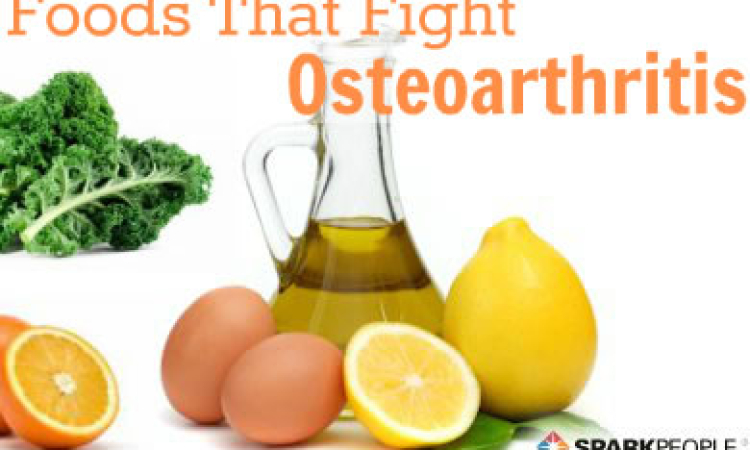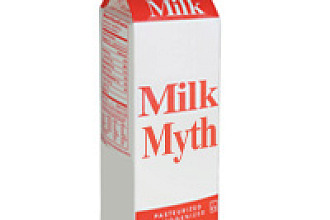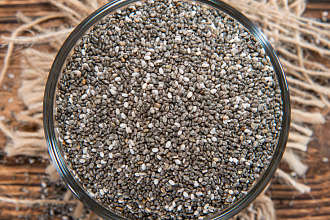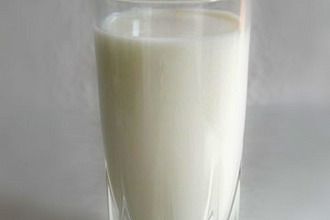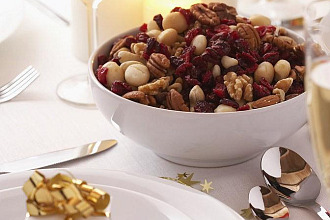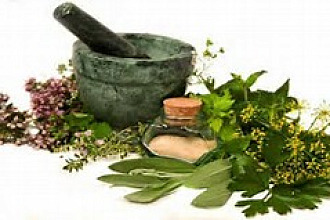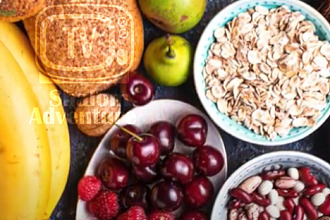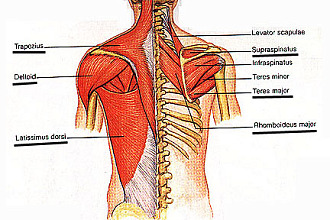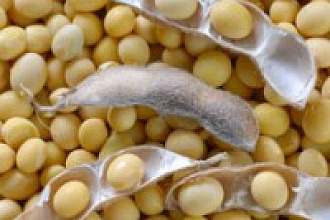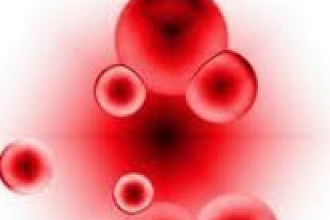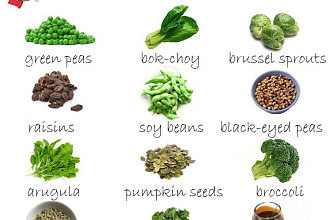Unlike other forms of forms of arthritis, your risk of developing osteoarthritis is largely related to lifestyle factors like diet, weight, exercise, and previous injury. In fact, dietary and lifestyle changes can have a huge affect on the prevention and management of osteoarthritis. But where do you begin? There exists only preliminary research on the effects of nutrition on osteoarthritis, but these results are promising. At the same time, there are many claims about dietary supplements, foods, and other substances that have no research to back them up. This article will help you separate the facts from the fiction when it comes to fighting osteoarthritis with dietary changes. Keep in mind that nutrition is just one of the many factors affecting osteoarthritis, and you should always create a prevention or treatment plan along with your doctor's recommendations.
Fighting Osteoarthritis with the Right Food Choices
According to preliminary nutrition research, the following nutrients and substances in foods may benefit osteoarthritis.
Vitamin C may help reduce the progression of osteoarthritis. Vitamin C is involved in the formation of both collagen and proteoglycans (two major components of cartilage, which cushions the joints). Vitamin C is also a powerful antioxidant that helps to counteract the effects of free radicals in the body, which can damage cartilage.
• Vitamin C is found in citrus fruits, strawberries, peppers, kiwi, cantaloupe, green-leafy vegetables, cauliflower, tomatoes, potatoes, and pineapple.
• While most adults need between 75 mg (women) and 90 mg (men) of vitamin C each day, osteoarthritis experts suggest consuming 200 milligrams of vitamin C daily. Use the following chart as a reference guide to meet your needs.
|
Vitamin C Sources |
mg |
|
Acerola cherries, 1 cup |
820 |
|
Red bell pepper, 1 cup |
280 |
|
Guava, 1 medium |
165 |
|
Broccoli, 1 cup |
120 |
|
Orange, 1 medium |
120 |
|
Green bell pepper, 1 cup |
120 |
|
Cauliflower (cooked), 1 cup |
100 |
|
Papaya, 1 medium |
95 |
|
Strawberries, 1 cup |
90 |
|
Kale (cooked), 1 cup |
85 |
|
Cabbage greens (boiled), 1 cup |
80 |
|
Orange juice, 3/4 cup |
75 |
|
Cantaloupe, 1 cup |
70 |
|
Kiwi, 1 medium |
60 |
|
Grapefruit juice, 3/4 cup |
60 |
Beta-carotene is another antioxidant that also seems to help reduce the risk of osteoarthritis progression.
- Beta-carotene is found in red, yellow, and orange fruits and vegetables (pumpkin, cantaloupe, peppers, carrots) and many dark-green leafy vegetables (spinach, kale, Romaine lettuce).
- While most adults need about 2,330 International Units (IU) of beta-carotene each day, osteoarthritis experts recommend 9,000 IU of beta-carotene daily. Use the following chart as a reference guide to meet your needs. (Please note that while some foods have high levels of beta-carotene, it is non-toxic. Your body will only utilize what it needs.)
|
Beta Carotene Sources |
IU |
|
Sweet potato (baked), 1 medium |
28,058 |
|
Carrots (cooked), 1 cup |
26,835 |
|
Spinach (boiled), 1 cup |
22,916 |
|
Kale (boiled), 1 cup |
19,116 |
|
Pumpkin pie, 1 slice |
12,431 |
|
Carrot (raw), 1 medium |
8,666 |
|
Butternut Squash (boiled), 1 cup |
8,014 |
|
Spinach (raw), 1 cup |
2,813 |
|
Mango, 1 cup sliced |
1,262 |
|
Oatmeal, 1 pack instant |
947 |
|
Tomato juice, 6 oz |
819 |
|
Peach, 1 medium |
319 |
|
Red pepper, 3" ring |
313 |
Vitamin D is necessary for proper calcium absorption and bone structure, which are crucial in proper joint functioning. A low intake of vitamin D appears to increase cartilage loss.
- Vitamin D is known as the sunshine vitamin because your body can make it when your skin is exposed to ultraviolet sunlight—all you need is 15 minutes of exposure (face, arms and legs), without wearing SPF (it blocks your ability to make this conversion), three to four times a week. However, it may be difficult for some to meet the suggested daily exposure, including people who do not get outdoors much, people who are bundled up during the winter months with little sun exposure, and for older people whose skin is less efficient at this conversion.
- Fortified milk and cereals, eggs, tuna, and fish-liver oils all help the body obtain vitamin D. Supplements are another option, but always discuss that with your health care provider first.
- Recommended vitamin D intake ranges from 600 IU (for adults up to age 70) to 800 IU (for adults over age 70), but osteoarthritis experts suggest at least 600 International Units (IU) daily. Use the following chart as a reference guide to meet your needs.
|
Vitamin D Sources |
IU |
|
Cod liver oil, 1 Tbsp |
1,360 |
|
Salmon, 3.5 oz |
360 |
|
Mackerel, 3.5 oz |
345 |
|
Tuna (canned), 3 oz |
200 |
|
Sardines (canned), 1.75 oz |
250 |
|
Milk, D-fortified, 1 cup |
100 |
|
Egg (or egg yolk), 1 medium |
41 |
|
Cereals, D-fortified, 1 cup |
40 |
|
Vitamin D supplement |
200-400 |
Omega-3 fatty acids suppress inflammation and are used to form the outer membranes of joint cells. Omega-6 fatty acids, on the other hand, promote inflammation which can contribute to the pain and stiffness of osteoarthritis. Most people consume approximately 10 times more of the inflammation-promoting omega-6's than they do the anti-inflammatory omega-3's.
- Decrease your intake of omega-6 fatty acids by cutting back on corn, safflower and cottonseed oil. Limit your intake, as much as possible, of saturated fats and trans-fatty acids.
- Omega-3 fatty acids are found in cold-water fish (such as salmon, halibut, tuna and sardines), pecans, walnuts, soy foods (tofu, soybean oil), olive and canola oils, flaxseeds, and flaxseed oil.
- Nutrition and health experts recognize that omega-3's are healthy and should be a part of your diet, but have not yet established a recommended daily intake. Osteoarthritis experts suggest three grams of omega-3 fatty acids daily (with 0.7 grams coming from fish sources). Use the following chart as a reference guide to meet your needs.
|
Omega-3 Sources |
Grams |
|
Flaxseeds (ground), 2 Tbsp |
3.5 |
|
Walnuts, 1/4 cup |
2.3 |
|
Atlantic salmon, 3.5 oz |
2.0 |
|
Albacore tuna, 3.5 oz |
1.5 |
|
Soybeans (cooked), 1 cup |
1.0 |
|
Halibut, 3.5 oz |
0.5 |
|
Tofu (raw), 4 oz |
0.4 |
|
Olive oil (uncooked), 2 Tbsp |
0.2 |
Originally found here

